Ferries Across the Humber
31/07/2020 | Chris Kolonko
Liverpool is well known for its ferries that cross the Mersey, with the ferries now an important part of local identity. But did you know our other Northern Discovery Programme area was also once well known for its ferries? You won’t find a song about the Humber ferry either.
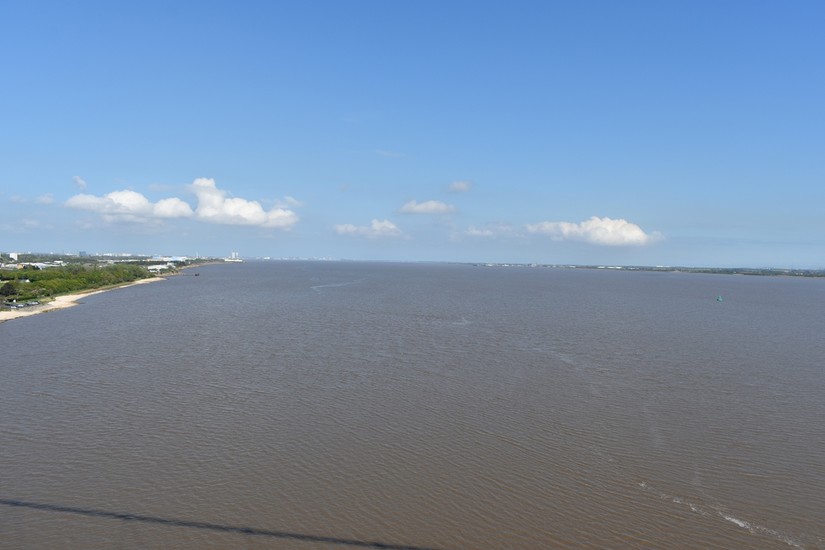
Before the days of the Humber Bridge, crossing from Lincolnshire to Yorkshire either involved travelling miles inland to cross where the river is narrower, or jumping on one of the Humber ferries to cross from New Holland to the corporation pier in the centre of Hull.
Ferry services had operated across the Humber from the Roman period, running between Winteringham and Brough. Much like the Mersey ferry, the earliest recorded ferry service was being operated by royal charter during the Medieval period with the first reference dating to 1086.

The Barton to Hessle and Hull ferry service was granted a royal charter in 1316. This ferry service operated for over 600 years, with the wind-powered Barton to Hessle ferry still in operation in the 1830s, despite competition from the much faster steam packet service. The Barton ferry service survived well into the 1890s and continued to offer stiff competition to the rival service, mainly operating for locals wishing to cross the river, despite being largely redundant due to the paddle steamer service operating from New Brighton to Hull Corporation Pier.
The first steam powered ferry service started operating across the Humber from the early 19th century. Over the next 150 years, the Humber ferry service was operated by many different companies, with the service changing hands several times during its existence. The popular Paddle Steamers operated the service from the 1830s up until the late 1970s.
The Humber Bridge was directly responsible for the demise of the Humber Ferry. The ferry service operated until 24 June 1981, the same year the Humber Bridge opened.
What survives today?
Although the ferry service is no more, it is fondly remembered in Hull. If you know where to look, there are still tangible links to the Humber Ferry service that can be found.
Barton Haven
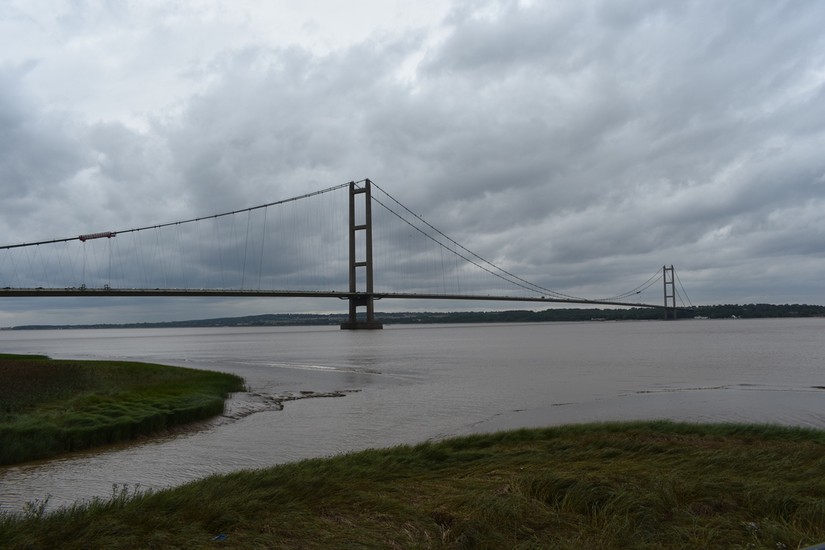
There is little that remains to indicate that a ferry operated out of Barton Haven for over 600 years. The former coaching Inn still survives though and can be seen next to the Haven.
Stage coaches would arrive from London and the passengers would await the ferry to cross the Humber and continue their onward journey from Hessle. The Ferry Boat Inn at Hessle provides a clue as to where the ferry would arrive on the Yorkshire bank of the Humber.
New Holland Pier
The New Holland pier opened in 1848 and was built especially for the New Holland to Hull Ferry service. The pier featured a terminus station where people could go straight from the train to the ferry and on to Hull.
The opening of the Humber Bridge in 1981 led to the closure of the New Holland pier station.
The pier still survives today and is now used for loading ships with grain and animal feed.
Hull
Heading into Hull you can find more evidence of the ferry service.
The Corporation Pier (Victoria Pier)
Before the Humber Bridge, ferry services had operated across the Humber for well over 600 years; bridging the gap between Hull and North Lincolnshire.
This pier was renamed in Queen Victoria’s honour after her visit to the pier in 1854.

The Humber Ferry operated between Victoria Pier and New Holland from 1825 to 1981, bringing people, horses, cattle, and later cars across the Humber. The service’s paddle steamers are still fondly remembered.
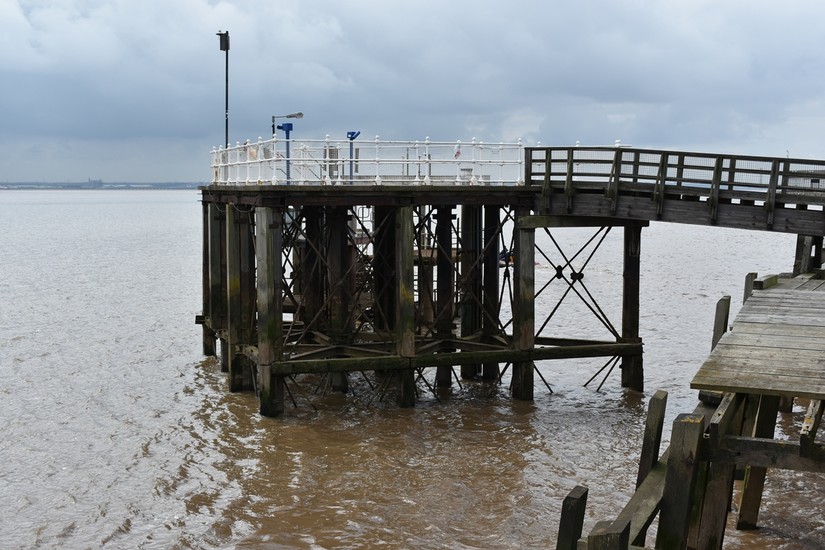
The pier featured two tiers, as well as a floating pontoon to aid transfer of passengers onto the moored ferry.
The Humber Ferry Ticket Office
The Humber ferry booking office was opened in 1880 for the Manchester, Sheffield and Lincolnshire Railway Company.
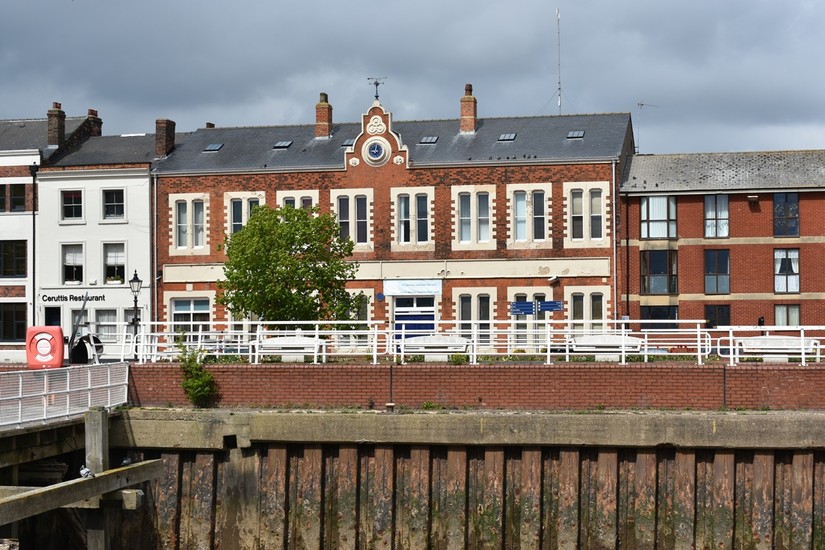
At this time the railway company ran the ferry that operated between Yorkshire and Lincolnshire. The ferry ran from the Corporation Pier to New Holland up until 24 June 1981, following the opening of the Humber Bridge.
What became of the ferries?
At least two Humber ferries still survive today and are accessible to the public.
PS Tattershall Castle
The paddle steamer Tattershall Castle is a true Northerner. Built in 1934 for the LNER railway company by the William Gray & Company of Hartlepool, the Tattershall Castle operated on the Humber taking passengers between New Holland pier in Lincolnshire and the Corporation Pier in Hull, Yorkshire until 1974.
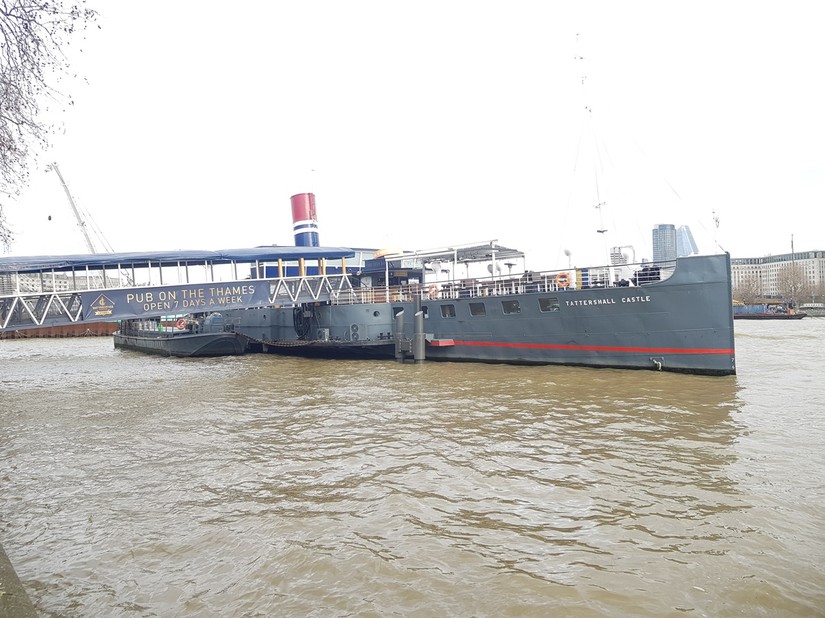
The paddle steamer was also requisitioned during the Second World War as a floating platform to launch barrage balloons to protect the vitally important docks of Hull from air attack.
The Tattershall Castle still survives and can be found on the Thames, of all places, where it is now a floating pub and restaurant.
PS Wingfield Castle
Yet another paddle steamer built for the LNER, Wingfield Castle is the sister ship of the Tattershall Castle.
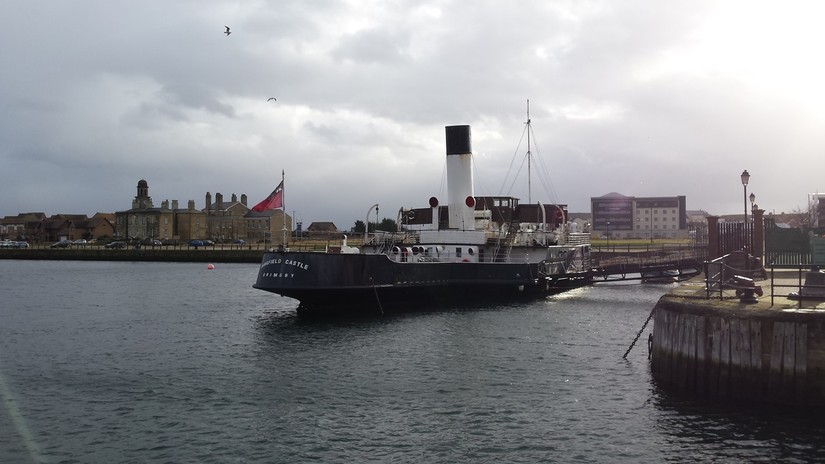
The Wingfield Castle also survives to this day and has remained up North, berthed in the town where she was built, Hartlepool as a floating museum.
Humber Ferry Legacy
The story of the Humber ferry is intrinsic to the communities that live on the banks of the Humber. The tangible remains of this important aspect of local coastal heritage are still there for all to see.
There’s also some fascinating amateur footage of the Humber ferries to be found on the Yorkshire Film Archive. Here’s one example filmed in colour in the 1970s. Click here to watch Oh Hull
You can find out more about Hull in this Low Tide Trail








